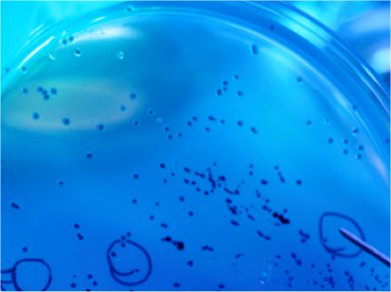In a German-Indo collaboration, researchers around Ursula Rinas from the Helmholtz-Centre for Infection Research (HZI) in Braunschweig, Germany, have developed a new method to cheaply produce insulin for the treatment of diabetes.
The new procedure increases the yield of an insulin precursor from which the actual insulin can be obtained, and in this way reduces costs. The researchers modified the cells of the yeast Pichia pastoris so that they produce the building block for insulin while growing on a special medium. Pichia pastoris delivers twice as much insulin as known before.
Today, human insulin is produced as recombinant protein, using two major routes:
One route involves the production of the insulin precursor using the bacterium Escherichia coli as expression host with complex subsequent isolation, solubilization and refolding procedures.
The other route involves the yeast Saccharomyces cerevisiae. The advantage of the latter route lies in the secretion of a soluble insulin precursor into the culture supernatant, making it easier for isolation and chemical modification.
The newly described method also uses this route. The isolation of the precursor from the culture supernatant is only followed by enzymatic finishing.
Insulin produced with this new method can be used normally and is identical to human insulin.
- Application of simple fed-batch technique to high-level secretory production of insulin precursor using Pichia pastoris with subsequent purification and conversion to human insulin
C. Gurramkonda, S. Polez, N. Skoko, A. Adnan, T. Gabel, D. Chugh, S. Swaminathan, N. Khanna, S. Tisminetzky, U. Rinas, Microb Cell Fact. 2010 May 12;9(1):31




